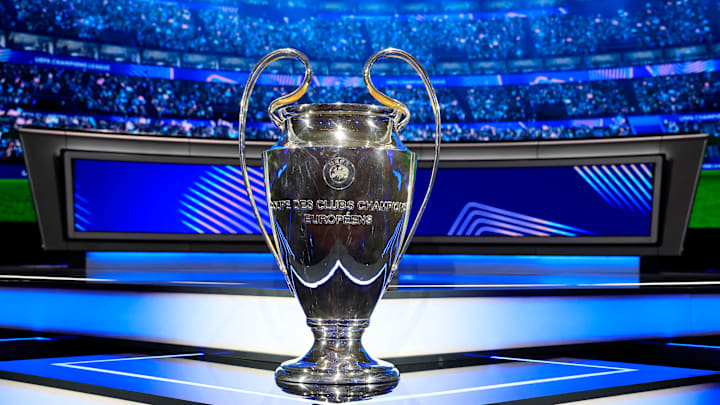It’s a new season, and for better or worse, the UEFA Champions League has changed its format. Whether you’ve been watching the tournament for the last decade or are a new fan hoping to join in on the fun, I’m here to explain the biggest changes, and what they might mean for Borussia Dortmund.
The old Champions League format should be familiar to many, and the knockout stages will remain mostly unchanged, but the first half of this competition remains anything but ordinary. For the last 21 seasons, there has been a Group Stage of play; 32 teams split into eight groups of four, with the top two teams in each group advancing, and the third placed teams dropping into the UEFA Europa League. The Group Stage is effectively dead, in favor of a “Swiss Model” League Phase encompassing all 36 teams. That’s right, there are four additional teams in the competition now, and the stakes are as high as ever. There’s no longer any crossover between European competitions, as the bottom twelve teams at the end of the League Phase will be eliminated with no chance of redemption in the Europa League, but I’m getting ahead of myself.
Qualification for the UEFA Champions League has remained unchanged, for the most part. Teams qualify for the competition based on their domestic league positions from the previous year, with places being allocated based on UEFA’s coefficient system. For example, the Bundesliga regularly sees their top four teams qualify for the Champions League. Yet there are four additional teams, so where do they come from? Two of them are awarded as “European Performance Spots,” which is calculated by UEFA’s “Association Club Coefficient” of the previous season. Last season, these were awarded to the Italian Serie A, and the German Bundesliga. This is how Borussia Dortmund qualified in fifth place. The additional two qualification places are reserved for the league ranked fifth in coefficients, and an additional domestic champion.
The draw looks different, and if you watched it live, you’d have seen Christiano Ronaldo repeatedly press a button that calculated the various draws using an AI to determine the outcomes. Teams are split into four pots of nine teams, with the only team guaranteed a place in Pot 1 being the Champions League Title holders, in this case, Real Madrid. The remaining teams are then placed in order based on their “UEFA Club Coefficient.” This is how Bayern Munich, Borussia Dortmund, and RB Leipzig all ended up in Pot 1 for this season’s draw. Yet the pots have become more arbitrary than in previous years' iterations since each team is drawn against eight opponents, two from each pot, including their own pot. Teams play one team home and one team away from each pot. Within the League Phase, teams cannot be drawn against clubs from the same country, and they cannot be drawn against more than two clubs from any one country.
